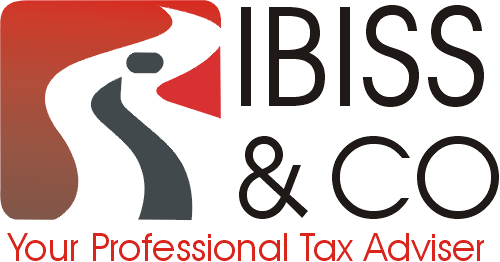The new leases standard – IFRS 16 – comes into effect on 1 January 2019. This change will require companies to recognise the majority of leases on their balance sheets – whether these had previously been accounted for as ‘operating’ leases or not.
The new IFRS 16 requirements will have wide-ranging effects, eliminating most off-balance sheet accounting for lessees and impacting on key reporting metrics (EBITDA, for example). Whilst there are positives to this change – increased transparency, for instance – there may be negative impacts, depending on the particularly company (credit ratings and borrowing costs could be affected). It is crucial that business owners begin to prepare for the changes sooner rather than later to ensure minimal operational disruption, to avoid spiralling implementation costs, and to reduce the risk of non-compliance. In this blog, we’ll provide a brief overview of the upcoming changes, but a tax consultant will be able to advise on the best strategy for your business.
What is the IFRS 16 Standard?
The IFRS 16 becomes mandatory from 1st January 2019, and stipulates that lessees must account for the majority of leases – including leases of equipment, vehicles, and commercial property – on their balance sheets. The new requirement extends to those leases that had hitherto been recorded as an expense in P&L sheets, or treated as an operating lease. IFRS 16 will affect all companies applying IFRS; it will also apply to companies applying UK GAAP (provided that they intend to move to IFRS/FRS 101).
As a result of IFRS 16 implementation, companies are likely to experience:
- Alterations to income statements. Costs will fluctuate – due to the necessity for frequent recalculation – and will also be weighted towards the initial years of leases.
- Increases to assets/liabilities within balance sheets.
- Impacts on the calculation of covenants. Several factors will come into play here: the increase of assets/liabilities within balance sheets, as mentioned above; as well as the fact that the change to income statements may have a positive effect on EBITDA but also place greater emphasis on finance expenses/depreciation.
- Impacts on perceived benefits. Both the reporting advantages of an OpCo/PropCo structure and the benefits of sale/leaseback transactions may be impeded.
How Do Things Work Currently?
Presently, IFRS and UK GAAP treat leases in one of two ways: either as finance or operating leases.
What is a finance lease?
Under the terms of a finance lease, the lessor (usually a company) purchases the asset on behalf of the lessee (the user) and rents it to them for a set period of time. This kind of lease is defined as one that transfers ‘substantially all of the risks and rewards of ownership of the asset to the lessee.’
What is an operating lease?
By contrast, an operating lease does not transfer ‘substantially of the risks and rewards of ownership’ to the lessee, and the rental payments do not cover the full cost of the asset.
The rental period will – generally speaking – run for a shorter term than the economic life of the asset. During this period, the user is able to utilise the asset whilst making regular rental payments. No liability arises on the user’s balance sheet, and the only lease costs that need to be accounted for within the relevant income statement relate to ‘in-year’ costs (such as service charges).
At the end of the contract, the asset is expected to have a certain resale (or residual) value, which is forecast at the start of the lease. Under the terms of an operating lease, the lessor takes the risk that the asset will achieve the residual value at the end of the lease period.
Currently, IFRS and UK GAAP treat the majority of non-specialist property leases as operating leases – such as aircraft, vehicles, and machinery and plant. This is set to change.
Transition Options
Whilst IFRS 16 does not come into effect until 1st January 2019, it is recommended that early adoption is considered in order to ensure compliance – this is permitted provided that IFRS 15 has also been adopted by the company in question.
There are two approved approaches that can be taken by a lessee, which will be explained briefly below.
Fully retrospective approach
As indicated by the title, this approach requires that financial statements are prepared as if IFRS 16 has always been applicable. If adopting this approach, the impact of adoption is adjusted within the opening balance sheet of the earliest period; for each of the previous periods, comparative amounts are restated.
Modified retrospective approach
Also known as the simplified approach, this is another retrospective approach of sorts. Comparative amounts are not restated, and when it comes to the adoption impact, this process dictates that the figure be adjusted against the opening balance of retained earnings (and on the date of the first application).
In conclusion…
In light of the information stated above, it might be tempting for businesses to automatically disregard the fully retrospective approach – after all, isn’t simple always better? Not necessarily. Whilst the modified retrospective process appears to be less complex, there are other factors to consider that depend on the nature and size of the company in question. The simplified approach may have several unwanted effects (it may impact on key metrics and KPIs, for instance).
Due to the complexity and scope of such a project, it is crucial that advice is sought from a qualified tax professionalbefore deciding on the transition option that should be adopted by your company. A chartered tax adviser will be able to discuss the options in detail and produce a bespoke strategy that is tailored to your individual business needs. Please contact IBISS & Co today to find out how we can help you prepare your company for the challenges and potential benefits of IFRS 16.




